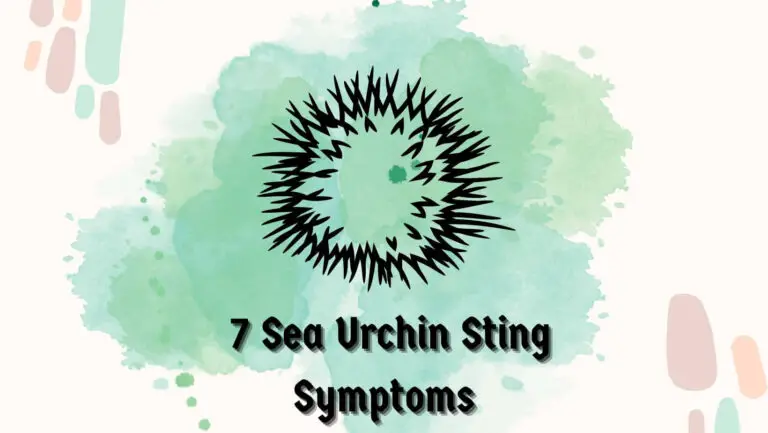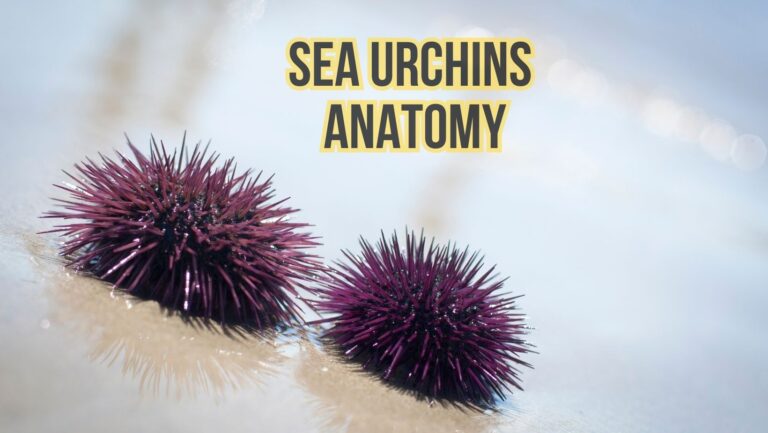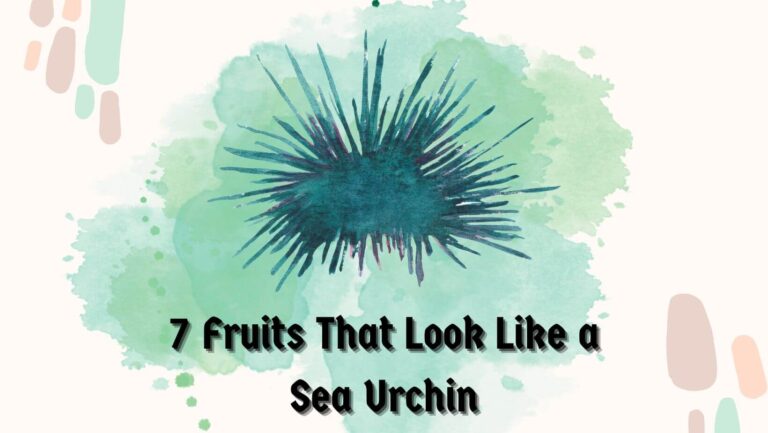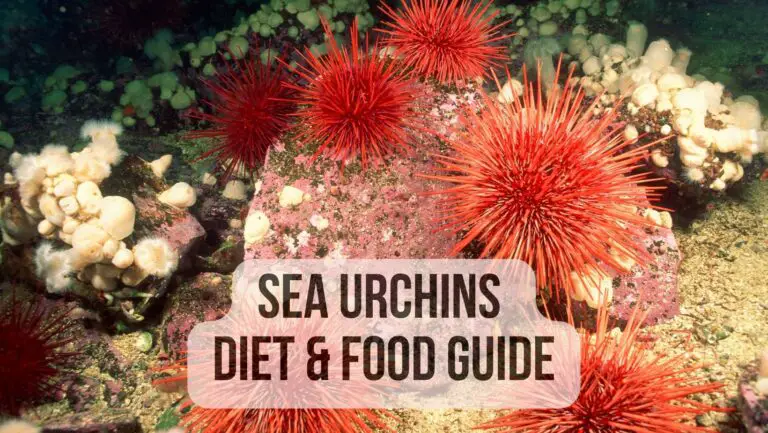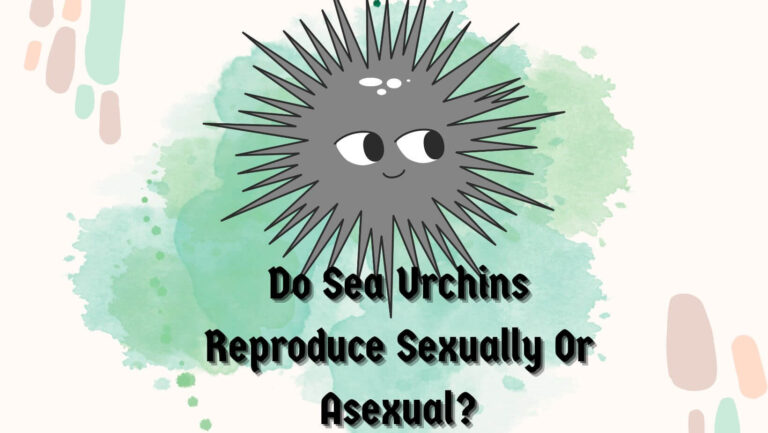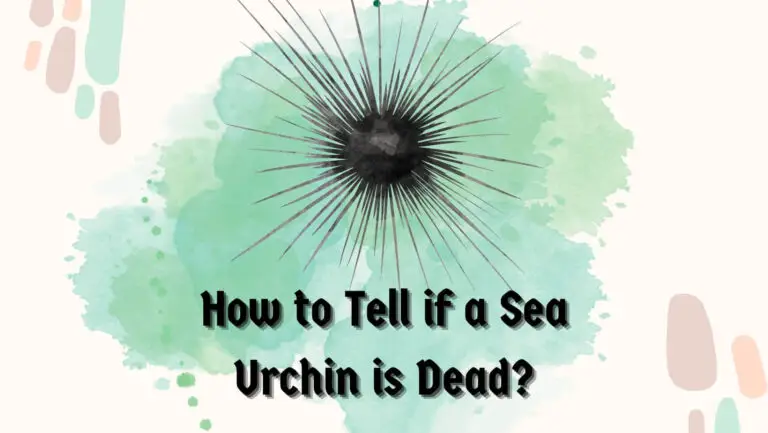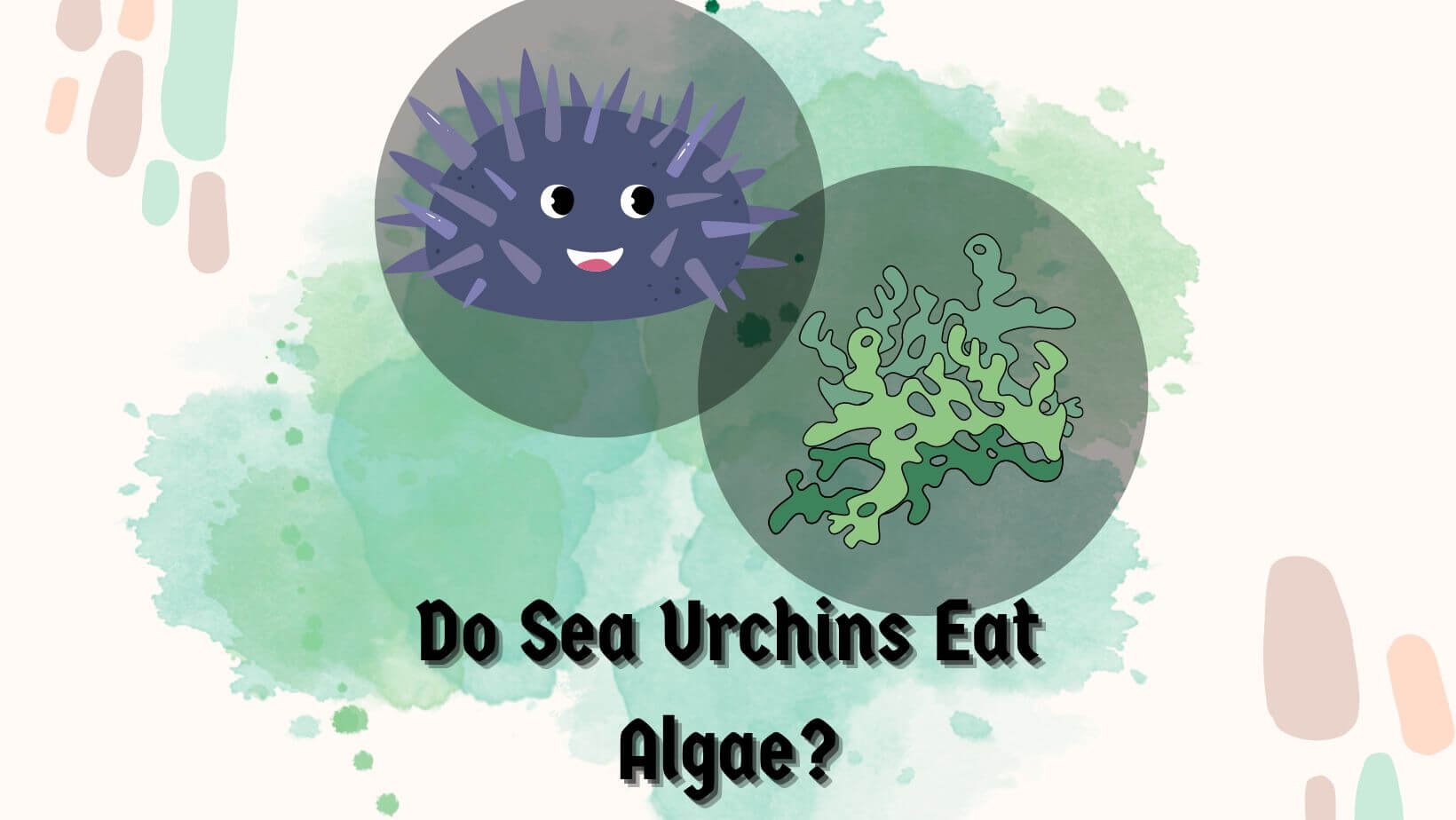
Sea urchins, fascinating creatures commonly found in Marine environments worldwide, play a crucial role in maintaining the balance of this ecosystem. However, it is crucial to understand their diet to know why they are mostly found on rocky shores, coral reefs, and beds.
In this article, I will answer one such question about their diet: do sea urchins eat algae? In this article, I will talk about sea urchins and algae as a primary food source for sea urchins, as well as the feeding behavior & the impact of sea urchins on the algal population.
We will also talk about the importance of conservation & management considerations. But let’s first start with knowing: do sea urchins eat algae?
Table of Contents
Do Sea Urchins Eat Algae?

Yes, sea urchins primarily eat algae. They are known for their voracious appetite for algae. However, depending on the availability, they may also prefer specific types of algae. For example, green sea urchins often consume kelp, whereas purple ones eat red & brown algae. This selective feeding also helps in maintaining a diverse algae community.
As you know, sea urchins are herbivorous, primarily abundant on Rocky shores, coral reefs, sea beds, and kelp forests. You should know that these spike creatures also significantly regulate the algal community population while influencing the overall health & structure of marine ecosystems and biodiversity.
However, sometimes overgrazing can cause adverse effects because the algae community is also important for our environment. You should know that algae are a diverse group of photosynthesis organisms essential to the marine ecosystem.
They’re Primary oxygen producers and continuously convert diet & nutrients into organic matter through photosynthesis. Adding to this, algae is also serving various purposes. It is a source of food sources, Habitat, and oxygen source for a wide range of marine organisms, including sea urchins. Now, let’s also talk about the impact of sea urchins consuming algae.
Algae is a Primary Food Source for Sea Urchins
You should know that sea urchins are Herbivorous, and algae are vital to their daily diet due to their nutritional value. You should know that algae plants are rich in essential nutrients necessary for the growth & survival of these rising creatures, sea urchins.
By eating algae, sea urchins enjoy a balanced combination of protein, carbohydrates, vitamins, and minerals that support their metabolic needs. If you want to know more about the nutritional composition of the commonly consumed algae by sea urchins, consider looking at the table below.
| Algae Species | Protein (%) | Carbohydrate (%) | Fat (%) | Vitamins | Minerals |
| Enteromorpha | 16.8 | 47.6 | 1.3 | Vitamin A, C | Calcium, Iron |
| Ulva lactuca | 8.8 | 27.2 | 0.9 | Vitamin B12 | Magnesium, Zinc |
| Laminaria | 2.3 | 21.6 | 0.4 | Vitamin K | Iodine, Sodium |
3 Popular Algal Species Consumed by Sea Urchins

As I told you earlier, sea urchins are known to consume varieties of algae, but each offers unique characteristics and nutritional benefits. I will discuss three common algal species that sea urchins frequently graze.
- Enteromorpha: Sea urchins’ favorite food is considered to be green algae. It is highly nutritious and provides essential minerals like calcium & Iron. You should know that it has a protein content of 16.8%, with carbohydrates compromising 46.6% and 1.3% fat. Not only this, but the sea urchins also benefit from vitamins like A & B by eating green ones, Enteromorpha more.
- Ulva Lactuca: Another species that sea urchins frequently consume is considered to be Ulva Lactuca, also known as sea lettuce, which is commonly found in the Pacific Ocean. It usually contains only 8.8% protein, 27.2% carbohydrate, and 0.9% fat. However, sea lotus is considered a good source of vitamin B2 and minerals like magnesium & zinc, which are vital for sea urchins’ digestion.
- Laminaria: This particular species is a favorite of purple sea urchins because of its rich nutrient content. It also provides a valuable source of vitamin K and Minerals like iodine & sodium, which contribute to the overall health of sea urchins. You can see this species all over the Pacific Ocean seabed.
Feeding Behavior and Adaptations of Sea Urchins
Sea urchins have undoubtedly evolved remarkable adaptations to feed on algae, but sometimes overgrazing also results in adverse effects. But before I tell you the impact of sea urchins on the algal population, you should know that their feeding mechanism involves a specialized structure called Aristotle’s Lantern.
Aristotle’s Lantern is a specialized structure consisting of jaw-like structures and teeth. This adaptation allows our little friend to scrape algae off the Rocky surface or seabed, consuming them as they move along the surface.
In addition, you should note that sea urchins are known to pose tube feet-like structures along with spines that help them capture, maneuver, and manipulate algae. Their spine helps them be protected from predators but also assists them in locomotion while grazing on algae.
Not only this, but sea urchins are also well blessed with a unique digestion system that processes algae. While sea urchins ingest algae, it is further broken down by enzymes in our little friends’ stomachs, where all the nutrients are absorbed and utilized for growth & energy production.
Impact of Sea Urchins on Algal Populations
The first positive effect of sea urchins eating Algae is its prevention of algal community overpopulation and maintaining ecosystem balance. You should know that sea urchins’ grazing behavior helps regulate the abundance of algae, preventing unwanted/unchecked growth and the formation of algal bloom.
In the Pacific Northwest, you can observe purple sea urchins controlling the growth of bull kelp. However, when there is an overpopulation of sea urchins in a particular area, overgrazing of kelp forest also occurs, distorting the ecosystem by reducing Habitat complexity & biodiversity.
Therefore, it is important to introduce some natural predators of sea urchins, like sea otters which can result in a decline in the population. You should note that different species of sea urchins tend to control different algae species by eating them. Some of the most common algae species that sea urchins frequently control have been mentioned in the table below.
| Algal Species | Controlled by Sea Urchins |
| Bull Kelp (Nereocystis luetkeana) | Purple Sea Urchin |
| Turf Algae | Green Sea Urchin |
| Red Algae | Sea Urchins of various species |
Factors Affecting Sea Urchin-Algae Interactions
Also, you should know that many environmental factors can influence our little friend’s feeding behavior and algal consumption. If there is any sudden change in water temperature and nutrient availability, the relationship between such things & algae will get affected.
The relationship between sea urchins & algae can also get affected due to other ecological conditions. It is important to understand that warmer ocean current temperatures can lead to increased algal growth, which provides more food for sea urchins resulting in a boom in their population as well. On the other hand, a nutrient-poor environment may result in reduced algal biomass, which can subsequently impact our little friends’ feeding behavior and survival.
- Other Intriguing Topics To Discover
- Do Otters Eat Sea Urchins?
- Do Crabs Eat Sea Urchins
- Do Sea Urchins Eat Phytoplankton?
- Do Sea Urchins Eat Seaweed
4 Conservation & Management Considerations
After understanding the ecological importance of sea urchins and the need to maintain a healthy population, we should walk towards conservation & sustainable management strategies.
We must regulate sea urchin harvesting and balance it with ecosystem health for long-term sustainability. Many potential conservation measures can be taken for sea urchins and algae. However, below, I am mentioning three of them.
- Monitoring & Research: we must conduct more Studies & Research to understand better the sea urchins’ population, their feeding habits, as well as the impact of their grazing on the algae community. With further study & proper knowledge, we can define the severability of the need for regulatory measures and conservation methods.
- Regulatory Measures: we must prevent overexploitation by implementing regulations and quotas for sea urchin harvesting. It will also maintain help in maintaining a viable population of sea urchins, which play a crucial role in our ecosystem Marine ecosystem
- Habitat Protection: We should also work on establishing Marine protected areas and conservation zones that safeguard the critical habitats of our little friend’s critical habitats and their associated algae.
Also Read: How To Preserve Sea Urchin
Conclusion
As I told you, sea urchins primarily feed on algae. The sea urchins keep the alcohol community population and diversity in check. It is important to understand that they are selective when it comes to their feeding behavior as well as adaptation.
Sea urchins choose one alga over another species due to their nutritional value, contributing to their ecological significance. Also, I hope to give you an understanding of the factor that influences sea urchins & algae interactions and the importance of implementing better conservation measures for preserving the delicate balance of this fascinating Marine environment & creatures.
If you find this article helpful & fun to read, please share it. Your shares will help many people learn about the relationship necessary to prevent the overpopulation of the algal community.
They will understand the answer to the question: do sea urchins eat algae? and what affects their selecting feeding behavior adaptation. Do check out our other helpful guides on sea urchins on this website. See you in the next post, till then, take care & goodbye.

